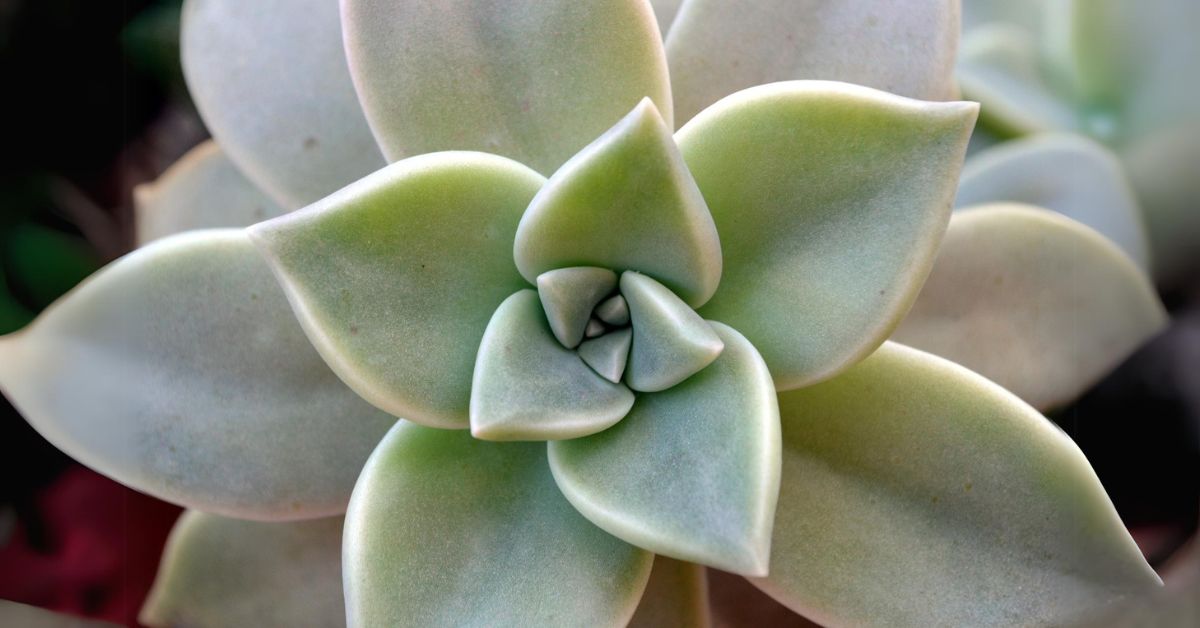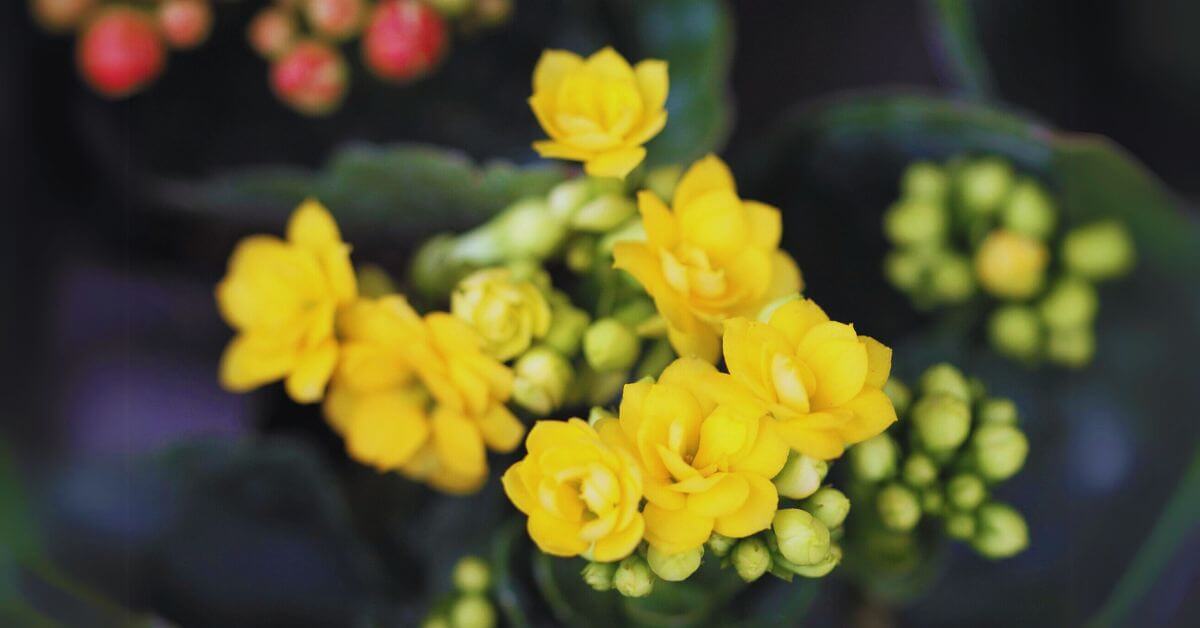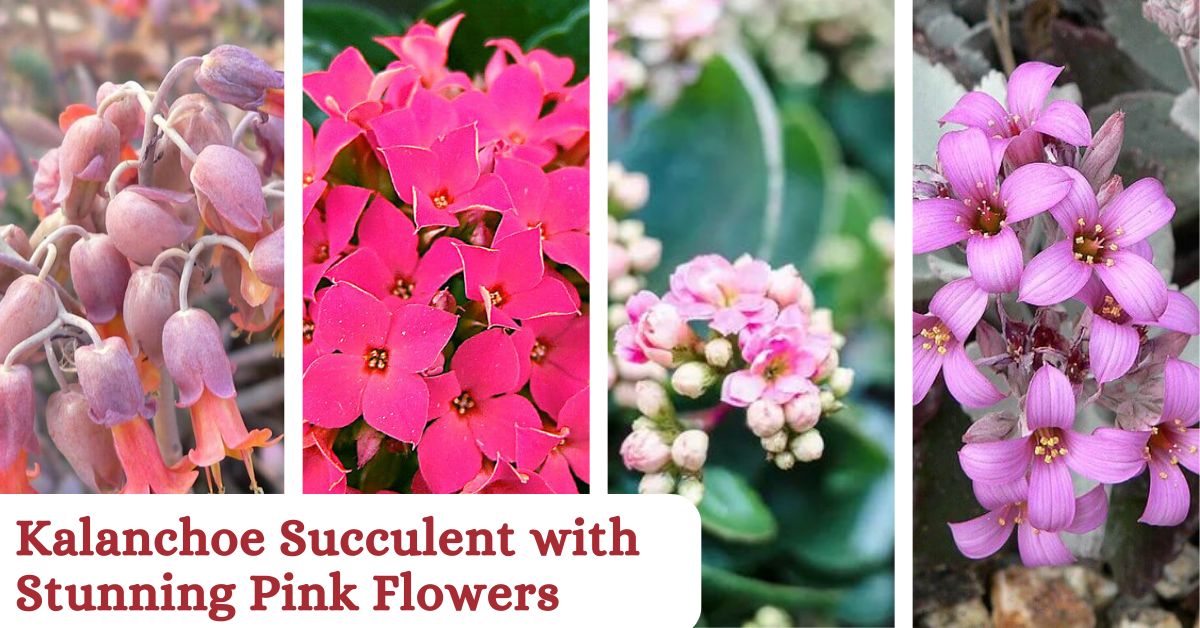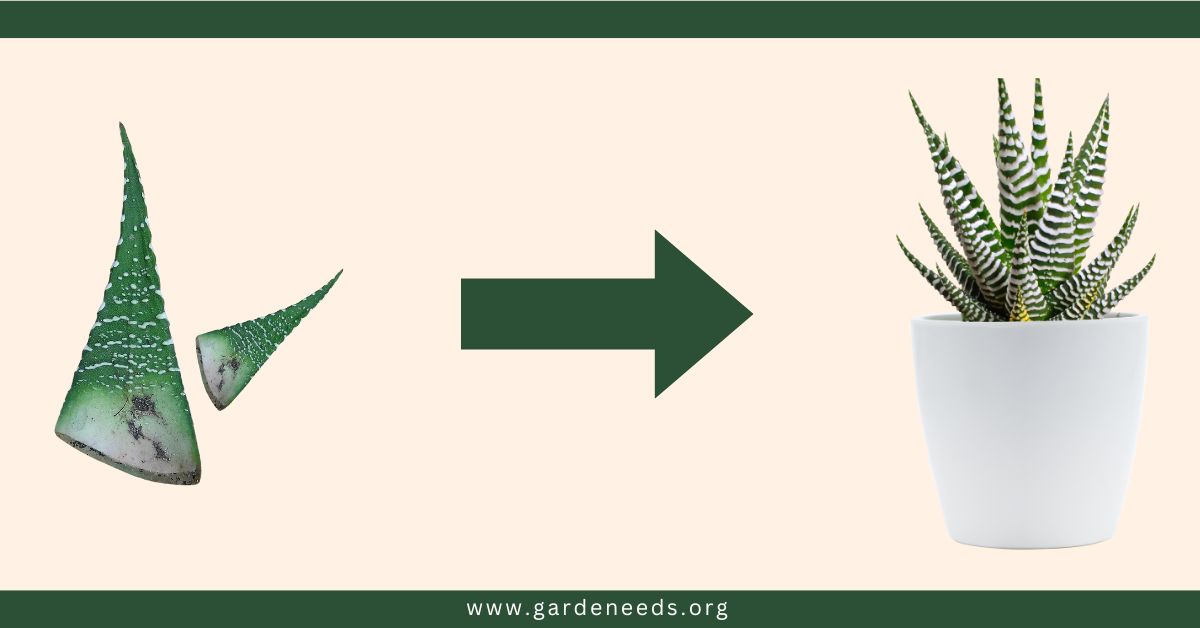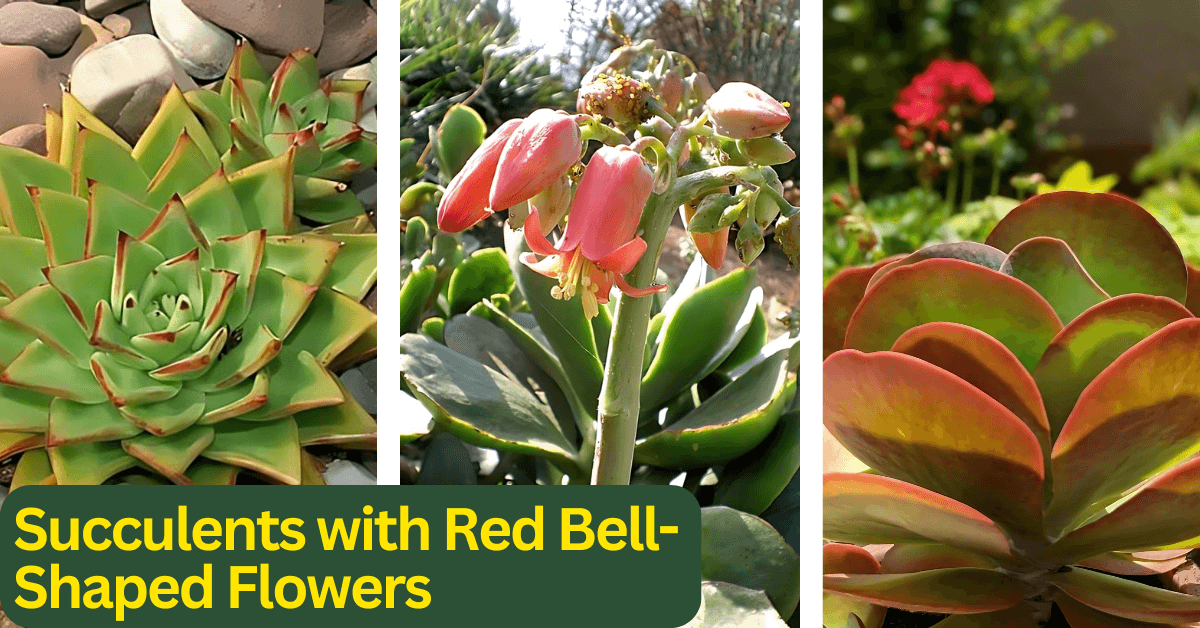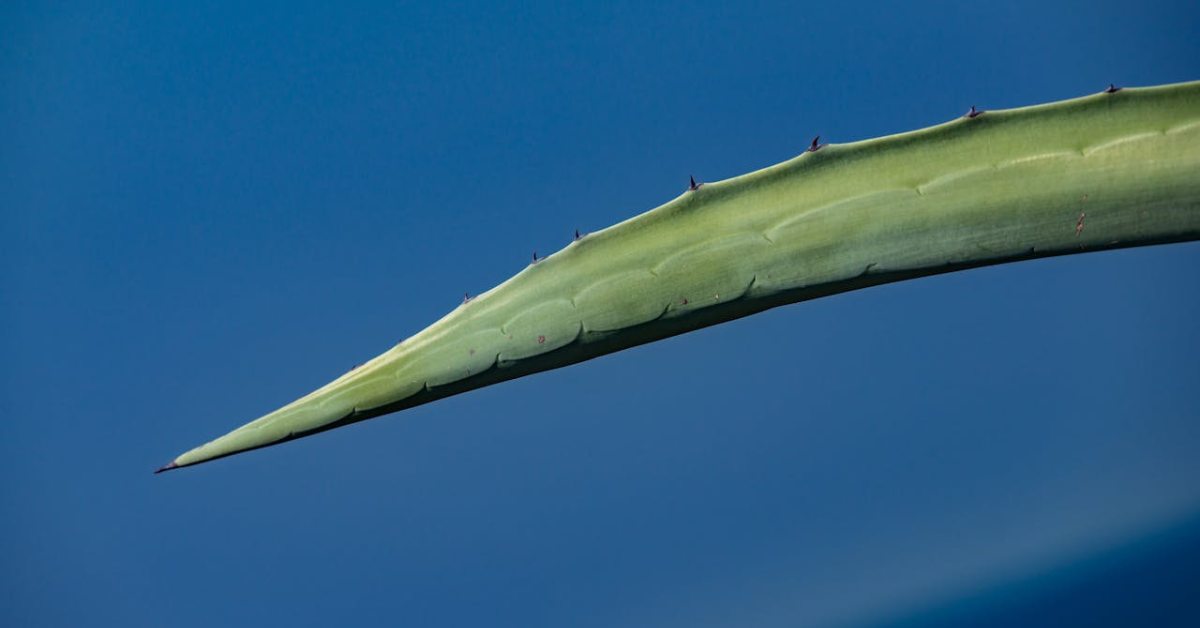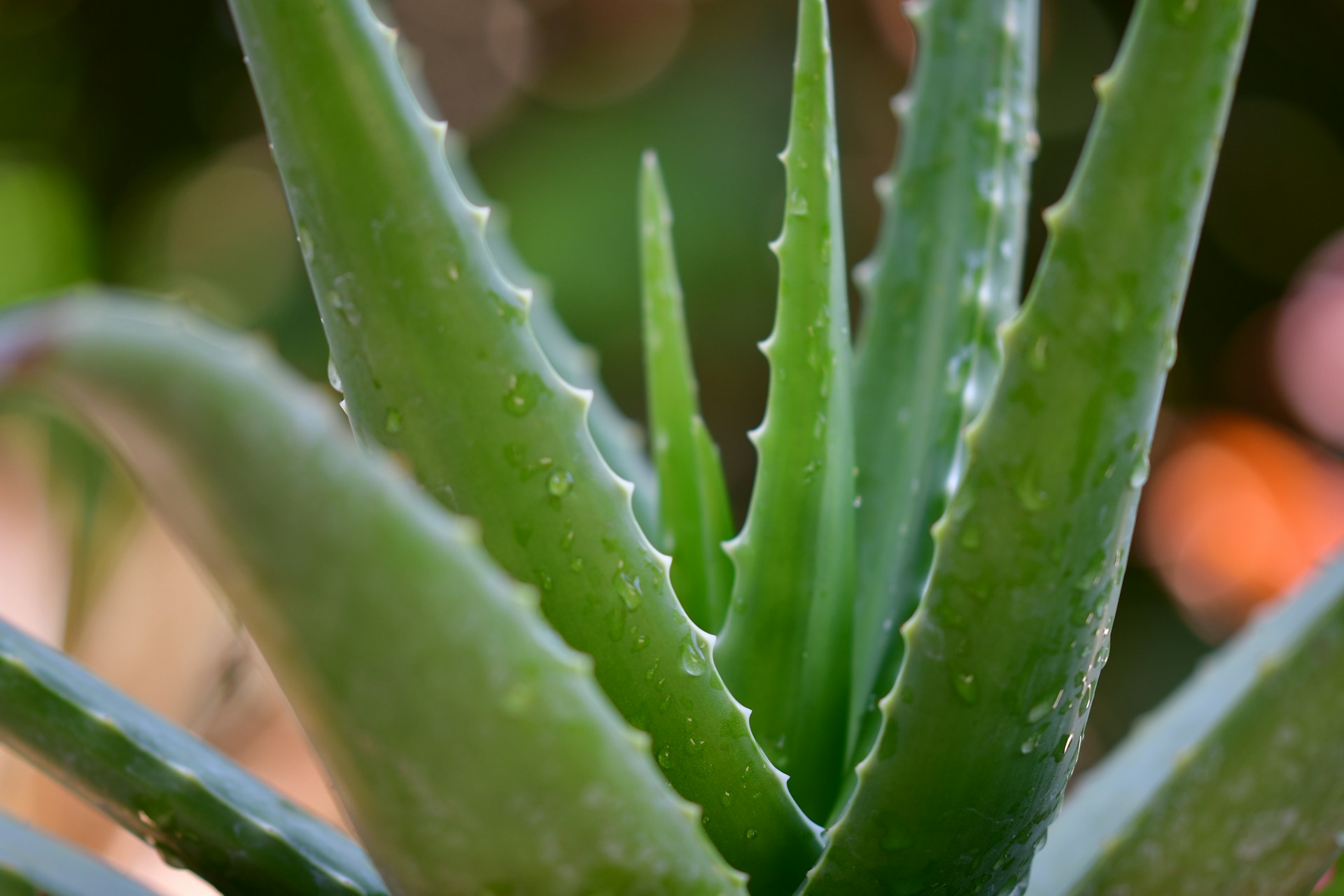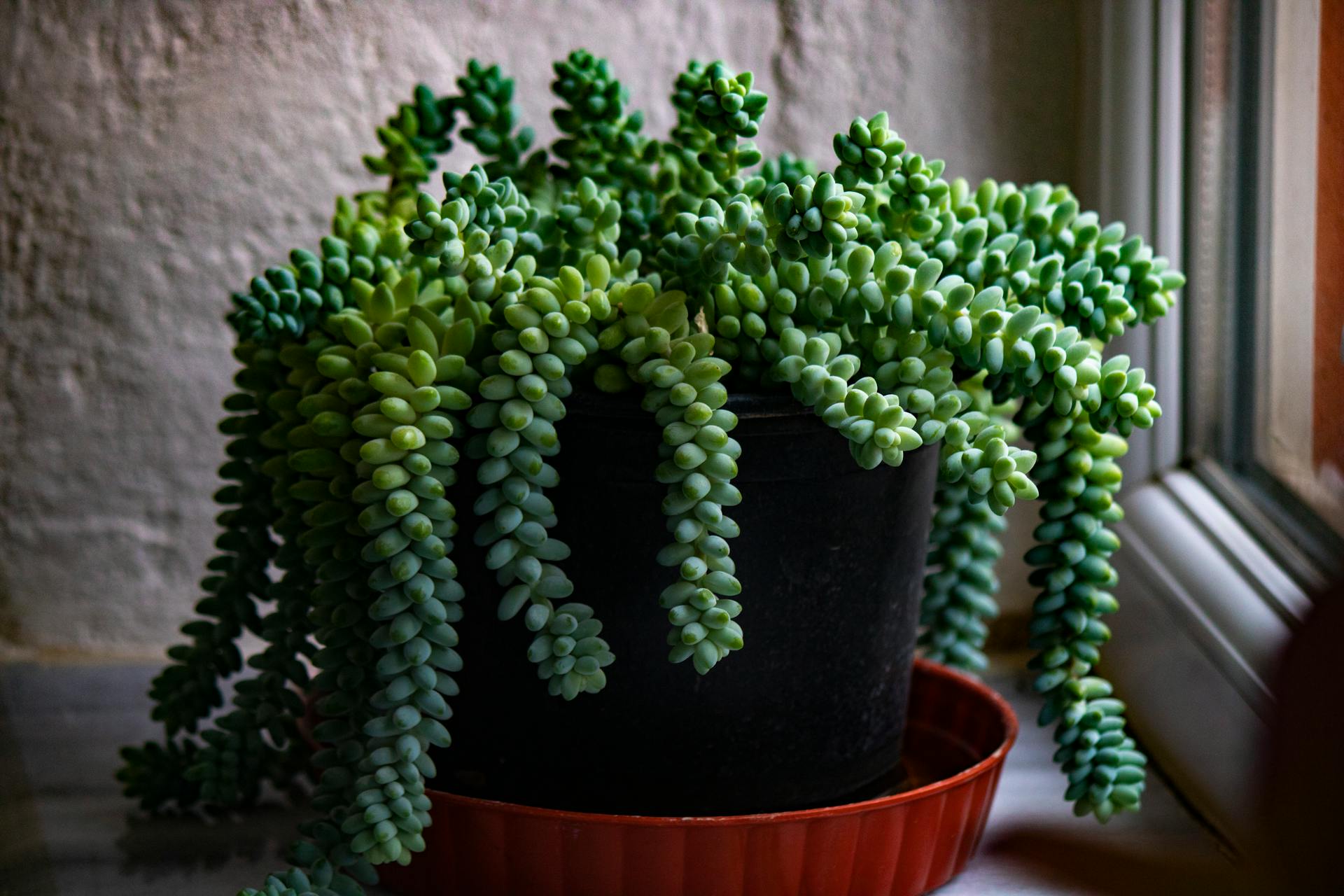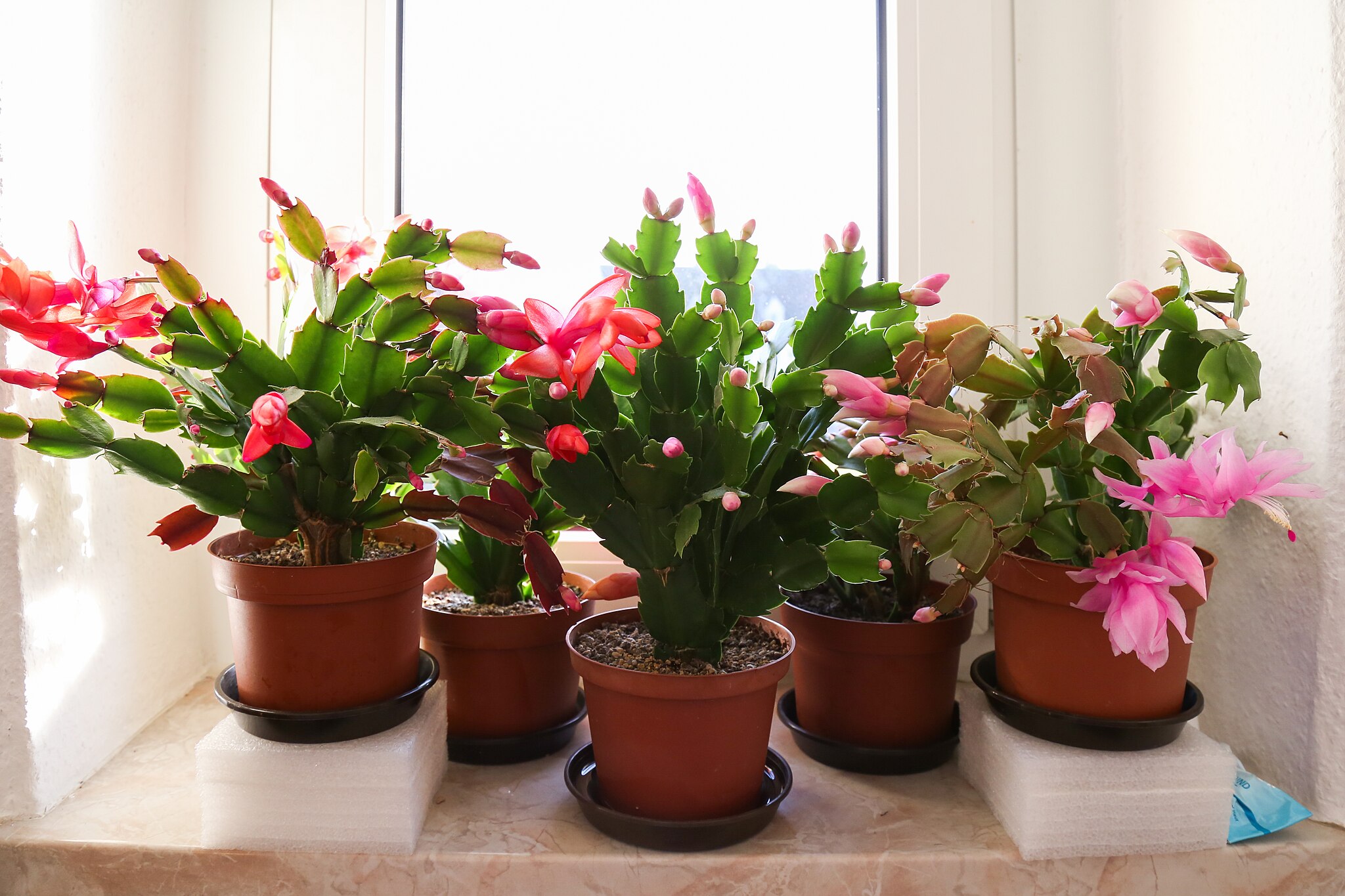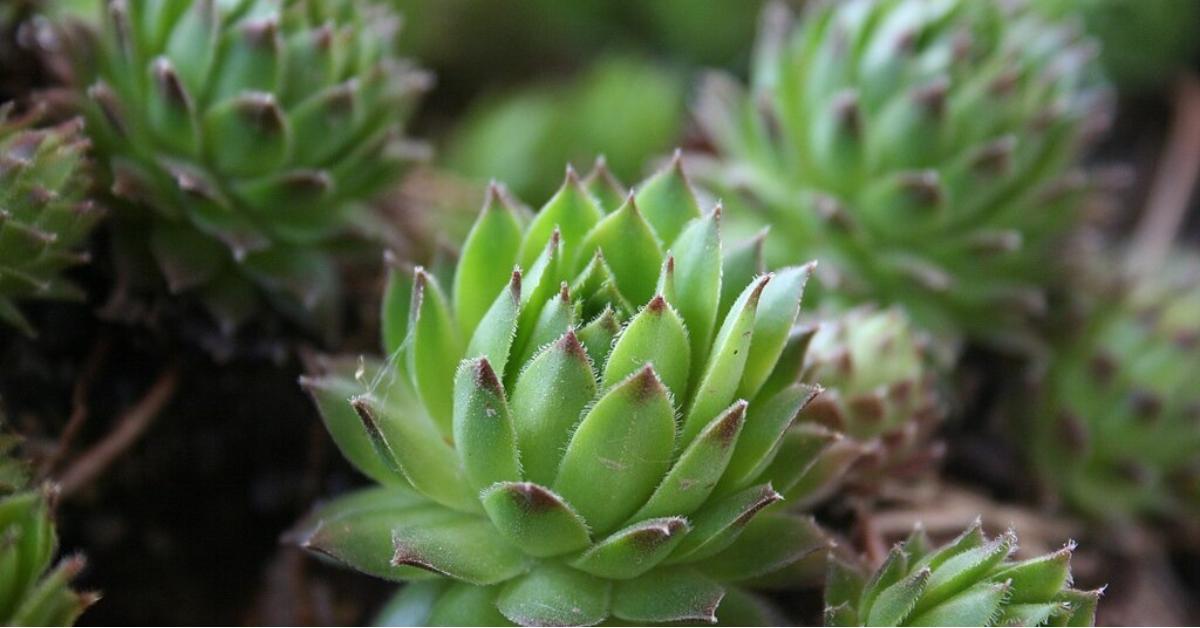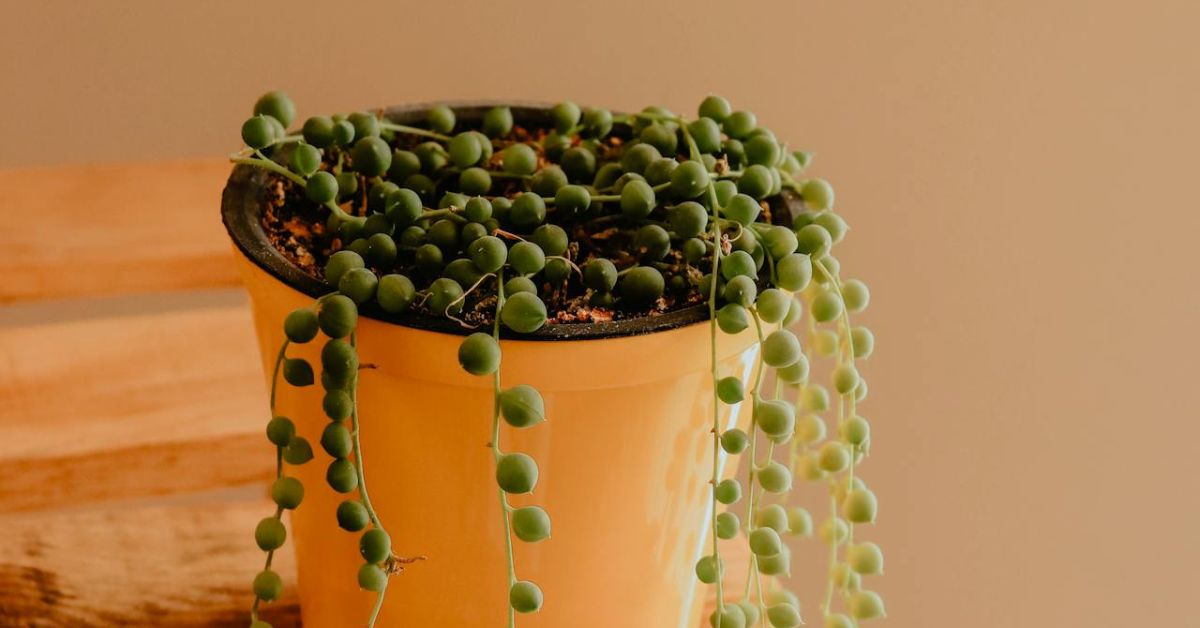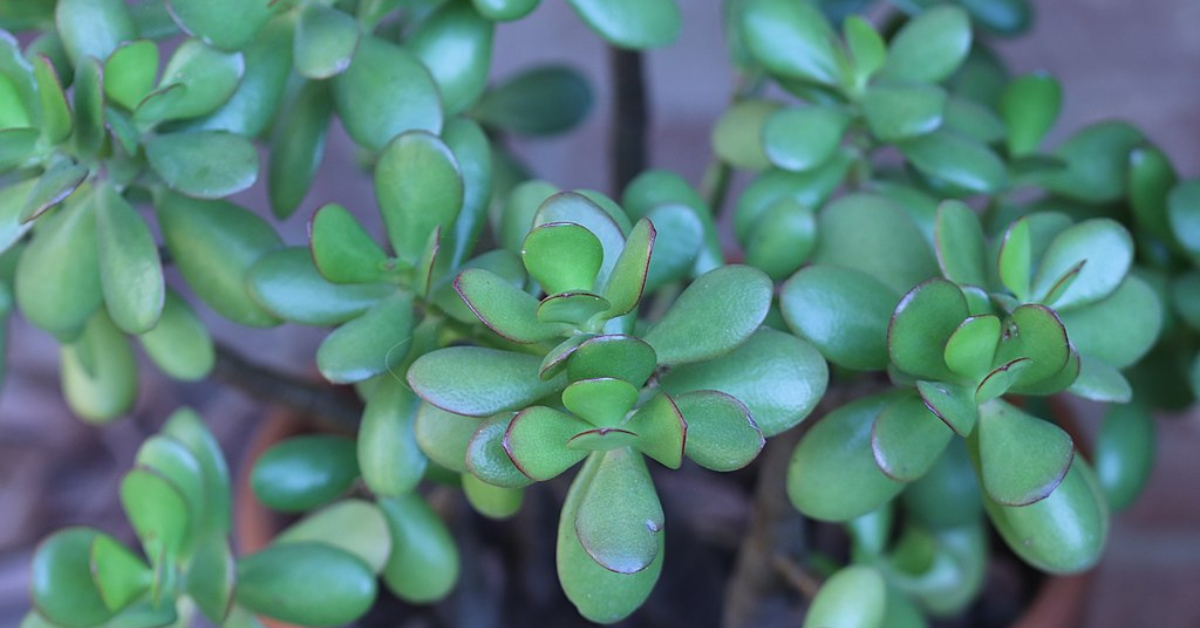IN THIS ARTICLE
The ghost plant, also known as Graptopetalum paraguayense, is a drought-tolerant succulent that belongs to the Crassulaceae family. Its silvery-grey or pale lavender leaves form rosettes, giving it an otherworldly allure. This low-maintenance plant is perfect for beginners and seasoned gardeners alike.
Many struggle with growing ghost plants due to their unique needs. Fear not, we’re here to ease your worries.
Our comprehensive guide covers everything from types and planting steps to care tips and propagation methods. Let’s transform your gardening experience step-by-step with practical, reliable advice.

Ghost Plant Information
Here is an overview of the Graptopetalum paraguayense, a resilient and attractive succulent, including its botanical details and growing requirements.
| Botanical Name | Graptopetalum paraguayense |
| Family | Crassulaceae |
| Plant Type | Succulent |
| Mature Size | 1-2 feet tall, 2-3 feet wide |
| Sun Exposure | Full sun to partial shade |
| Soil Type | Well-drained, sandy soil |
| Soil pH | Slightly acidic to neutral (6.0-7.0) |
| Bloom Time | Spring |
| Flower Color | White with red speckles |
| Hardiness Zones | 9-11 (USDA) |
| Native Area | Mexico |
Types of Ghost Plant
The ghost plant is distinct in its various forms.
| Name | Unique Appearance |
|---|---|
| Graptopetalum paraguayense | Rosette-shaped, pale blue-grey leaves, sometimes turning pinkish. |
| Graptopetalum ‘Purple Delight’ | Purple-tinged foliage, dense rosettes, and compact growth. |
| Graptopetalum ‘Superbum’ | Lavender-gray leaves, larger rosettes, and powdery texture. |
| Graptopetalum ‘Victor Kane’ | Variegated Ghost Plant: Variegated leaves with shades of green, white, and pink. |
| Graptopetalum ‘Berea’ | Bright green leaves, compact and rounded rosettes. |
How to Plant Ghost Plant
Choosing the Right Location
Selecting the right location is crucial for ghost plants. They thrive in bright, indirect sunlight. A south-facing window often works well.
These plants also tolerate partial shade but will grow more slowly. Avoid placing them in direct sunlight, which can scorch their leaves.
Choosing the right pot and soil
Picking the appropriate pot and soil ensures healthy growth. Use a pot with good drainage holes to prevent waterlogging.
A succulent or cactus soil mix is ideal for ghost plants as it offers excellent drainage and aeration. You can further improve soil quality by adding sand or perlite.
Planting Steps
- Prepare the Pot: Fill your pot halfway with your succulent or cactus soil mix.
- Place the Plant: Gently remove the ghost plant from its current container, taking care not to damage the roots.
- Position It: Place the plant in the center of the pot. Spread the roots out slightly.
- Add Soil: Fill around the plant with additional soil mix, ensuring the rosette is above soil level.
- Watering: Water sparingly immediately after planting. Wait until soil is completely dry before the next watering.
These steps will help your ghost plant establish itself. Whether you’re planning to grow it indoors or outdoors, following these guidelines will optimize its growth.
How to Grow Ghost Plant Indoor
- Growing ghost plants indoors requires bright, indirect light and well-draining soil.
- Use a pot with drainage holes to prevent waterlogging.
- Water sparingly, letting the soil dry out completely between waterings. Maintain temperatures between 60-75°F.
- Adequate humidity and avoiding direct sunlight can mimic crown of thorns characteristics for optimal growth.
How to Grow Ghost Plant Outdoor
- Growing ghost plants outdoors requires a sunny spot with protection from intense afternoon sun.
- Opt for well-draining soil and consider a succulent mix.
- Water the plants deeply but less frequently, ensuring soil dries out between waterings.
- Unique for outdoor growing: cover the plants during heavy rain to prevent waterlogging.
How to Care for Ghost Plant
Caring for a ghost plant involves attention to watering, fertilization, pruning, and repotting. Let’s break it down so you will know “how to care for ghost plant succulent”.
| Care Aspect | Instructions |
|---|---|
| Watering | Allow soil to dry; water thoroughly; reduce in winter |
| Fertilization | Half-strength, balanced fertilizer monthly in spring/summer |
| Pruning | Remove dead leaves; trim leggy stems |
| Repotting | Every 2-3 years; use a slightly larger pot with good drainage |
Watering Guidelines: How to Water Ghost Plant
Watering ghost plants is straightforward. Allow the soil to dry out completely before watering again. It’s crucial to water sparingly; overwatering can lead to root rot.
When watering, soak the soil thoroughly, ensuring excess water drains out. This mimics the crown of thorns’ preference for infrequent watering. During the dormant winter months, reduce watering further.
Fertilization Tips: How to Fertilize Ghost Plant
Ghost plants don’t require heavy feeding. Use a balanced, water-soluble fertilizer diluted to half-strength once a month during the growing season (spring and summer).
Avoid fertilizing during winter when the plant’s growth slows. This approach ensures healthy growth without overwhelming the plant with nutrients.
Pruning and Maintenance: How to prune Ghost Plant
Pruning ghost plants is essential for maintaining their shape and health. Remove dead or yellowing leaves as they appear. If the plant becomes leggy, trim back stems to encourage branching.
Repotting: How to Repot Ghost Plant
Repotting is necessary when the plant outgrows its container or every 2-3 years. Choose a pot one size larger with drainage holes.
Gently remove the ghost plant, shake off excess soil, and inspect the roots. Trim any damaged roots and place the plant in the new pot. Fill with fresh succulent soil mix, ensuring the rosette is above soil level.
Water sparingly after repotting to help the plant settle in its new home.
How to Propagate Ghost Plant
We can propagate ghost plants using leaf cuttings, stem cuttings, or offsets.
To propagate ghost plant leaves, place leaf cuttings on well-draining soil and wait for roots to form. Water sparingly.
Stem cuttings can be buried in soil and watered occasionally until new growth appears.
Offsets grow naturally from the main plant.
| Propagation Method | Recommendation | Difficulty | Comments |
|---|---|---|---|
| Leaf Cuttings | Place on well-draining soil | Moderate | Water sparingly |
| Stem Cuttings | Bury in soil, water occasionally | Easy | Wait for new growth |
| Offsets | Grow naturally from the main plant | Easy | Separate when they’re well-developed |
Common Issues and Solutions
Ghost plants encounter several common issues that can hinder their growth. Let’s break these down and provide simple solutions to keep our plants healthy.
Pests and Diseases
Pests like aphids, mealybugs, and spider mites can infest ghost plants. To combat these, use insecticidal soap or neem oil. Fungal diseases are another concern, often a result of overwatering.
Ensure good airflow and avoid waterlogging by using well-draining soil and pots with sufficient drainage. Regularly inspect your plants for early signs of pests and diseases.
Troubleshooting Growth Problems
Leggy growth or stretched stems often indicates insufficient light. Move your ghost plant to a brighter location with indirect sunlight. Yellowing leaves can signal overwatering or poor drainage.
Allow the soil to dry completely between waterings. Dropping leaves might be due to sudden environmental changes. Maintain consistent conditions to reduce stress.
| Common Issue | Solution |
|---|---|
| Pests, e.g. aphids, mealybugs, spider mites | Use insecticidal soap or neem oil |
| Fungal diseases | Ensure good airflow, use well-draining soil |
| Leggy growth | Move to a brighter location with indirect sunlight |
| Yellowing leaves | Allow soil to dry completely between waterings |
| Dropping leaves | Maintain consistent conditions |
Monitoring these factors will ensure our ghost plants thrive in their environment.
Benefits of Growing Ghost Plant
Growing ghost plants offers numerous benefits. Their low-maintenance nature fits busy lifestyles perfectly. These plants improve indoor air quality and add a unique aesthetic touch.
Plus, ghost plants are excellent conversation starters.
| Benefits | Description |
|---|---|
| Low-maintenance | Fits busy lifestyles perfectly |
| Improves air quality | Enhances indoor environment |
| Unique aesthetic touch | Adds visual appeal |
| Resilient and easy to care for | Shares traits with crown of thorns |
| Conversation starter | Great for social interactions |
Conclusion
By understanding the unique needs and characteristics of ghost plants, we can successfully grow, care for, and propagate these resilient beauties.
Our step-by-step guide ensures that everyone, novice or expert, can enjoy the many benefits they offer, from low maintenance to improved air quality.
If you’re as excited about these resilient plants as we are, there are plenty more to discover such as Aloe Vera, Burro’s Tail, Christmas Cactus, Jade Plant and String of Pearls.
Happy gardening!
Frequently Asked Questions
The ghost plant is known as Graptopetalum paraguayense, a succulent with pale, grayish leaves that can take on pinkish hues.
Ghost plants thrive in well-drained soil with plenty of sunlight, making them ideal for both indoor and outdoor cultivation in temperate regions.
You Might Also Like ✾
Table of Contents Introduction to Cactus: Cacti are the desert plants famous for their ability to survive in dry/arid environments.…
Photo: PEAK99, CC BY 3.0, via Wikimedia Commons It is not hidden that kalanchoe succulent (kalanchoe blossfeldiana) is famous for…
Table of Contents The kalanchoe blossfeldiana is one of the most common succulent in Kalanchoe genus beside others like Kalanchoe pumila, and…
Table of Contents There is nothing better than adding new baby plants to your garden and watching them grow. There…
Table of Contents Succulents are a must-know if you are fond of plants that are easy to maintain. These unique…
Growing a new Aloe Vera plant from broken leaves is one of the easiest methods to propagate Aloe Vera plant. To propagate, you…
